How Your Ancestors' Environment Determines The Shape Of Your Nose
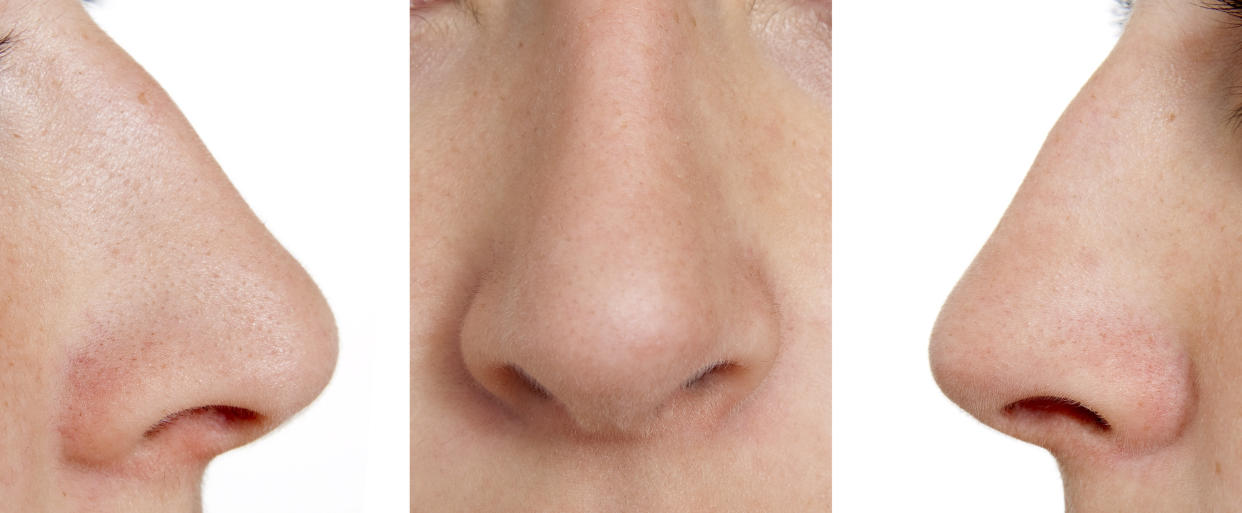
Whether your nose is long and narrow or short and wide, you may have your ancestors’ climate to thank.
New anthropological research finds that nose shape is formed through a process of natural selection responding to the temperature and humidity of the local environment.
For the study, published online last week in the journal PLOS Genetics, researchers from Ireland, Belgium and the U.S. used 3D facial imaging to collect nose measurements on nearly 500 participants of South Asian, East Asian, West African and Northern European descent.
The researchers analyzed specific measures including nose height, nostril width, distance between nostrils, protrusion and total surface area of the nose and nostrils. Then, they compared these measurements with local temperatures and humidity in various geographical regions. The findings revealed that nostril width was strongly linked with climate. Wider nostrils were found in more hot and humid areas, and narrower noses were more common in cold and dry areas.
This makes sense, considering that one of the central functions of the nose is to filter and condition inhaled air before it reaches the lower respiratory tract. Air should be warm and moist when it enters the body, and a narrower nose can more effectively condition cold, dry air in this manner. Therefore, people in colder climates who had narrower nose would be more likely to survive and reproduce than those with wider nostrils. So, among peoples living further from the equator, evolution would favor narrower noses.
The findings add heft to a theorum developed in the 1800s known as “Thompson’s rule,” which suggests that long, narrow noses occurred in colder areas, while short, wide noses were more likely found in hot, humid areas.
“The link between nose shape and climate has been suspected for a long time and the correlation between nose shape and climate has been shown before, several times but using the shape of the human skull,” the study’s lead author, Penn State anthropologist and population geneticist Mark Shriver, told The Huffington Post. “We have expanded on this body of evidence by studying the variation in the external nose and the underlying genetic variation, both of which have not been examined so far because of methodological challenges.”
It can be tough to determine whether these types of effect are the result of randomly occurring processes of genetic change ― what scientists know as “genetic drift” ― or if they’re caused, instead, by natural selection. But the differences that the researchers observed were much greater than what could be explained by random variation alone, suggesting that “survival of the fittest” played an important role.
“The nose is related to climate to a degree that is greater that chance evolutionary forces would determine alone, but not as much as skin color,” Shriver said. “And not all the variation in noses across populations is due to climate.”
Sexual selection may factor in, too, with people choosing potential partners because they find a smaller or larger nose to be more attractive. There’s a good chance that our ideas about what’s beautiful are informed by how well-suited a particular nose is to its environment, the researchers noted.
The implications of the findings extend beyond improving our understanding of why our noses look the way they do. Anthropologists have studied how features like hair color, skin color and face shape evolved differently across cultures and geographic regions in order to better understand how disease risk varies cross-culturally ― shedding light on why conditions like sickle-cell anemia and lactose intolerance occur at wildly different rates in different demographic groups.
Also on HuffPost
Skin Cell
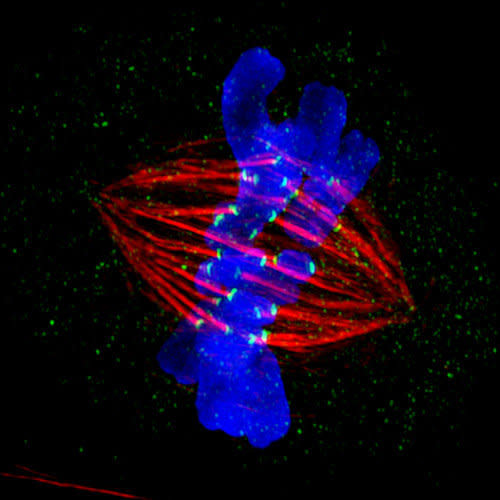
Cervical Cells
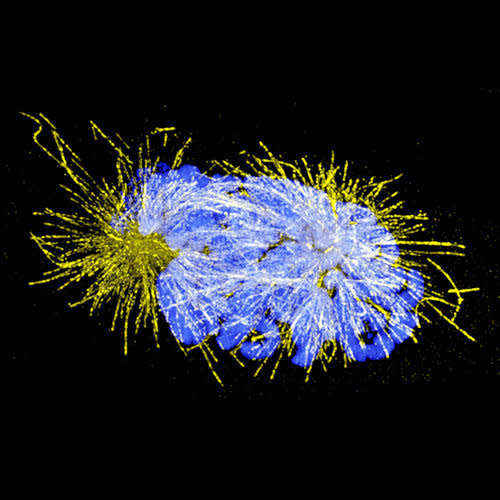
Ovary Cell
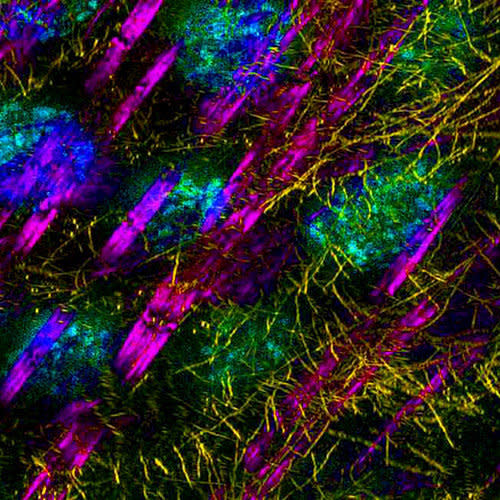
Cervical Cell
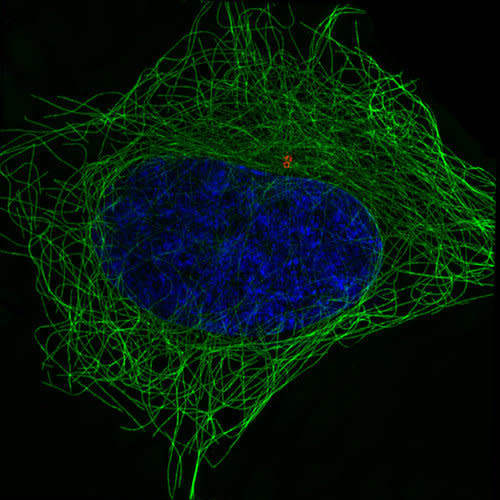
Intestinal Cells

Kidney Cell
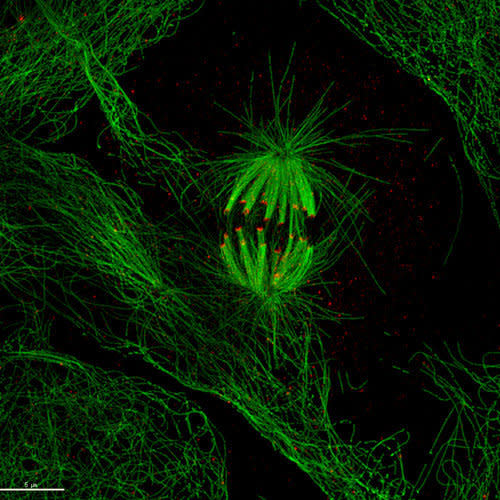
Skin Cells
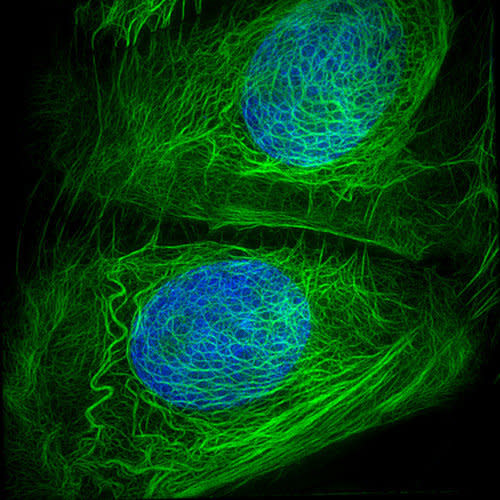
Inner Ear Cells
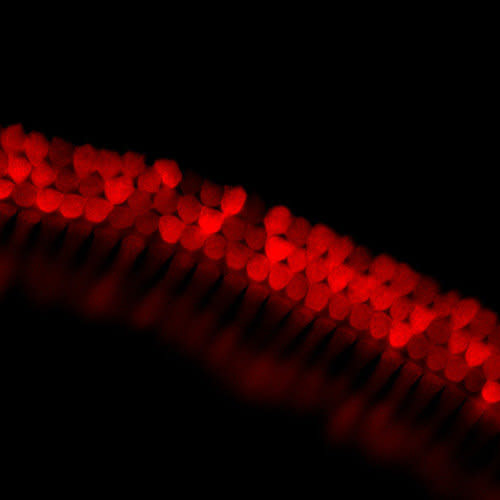
Cervical Cell
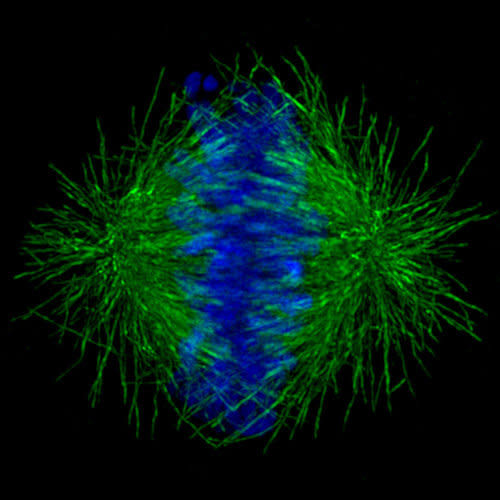
Inner Ear Cells
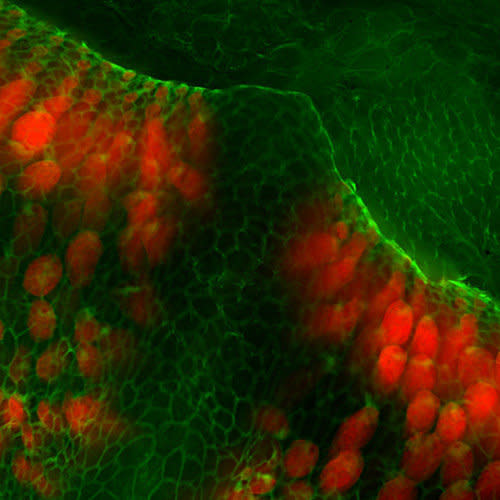
White Blood Cells
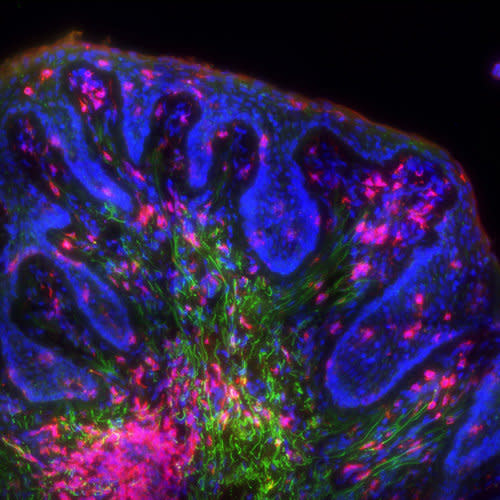
Sperm Cell Precursor
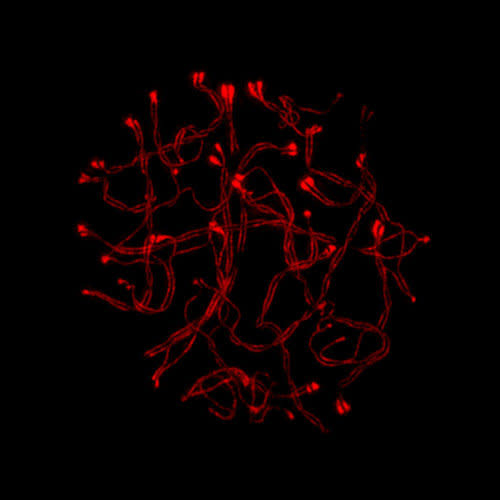
Yeast Cells
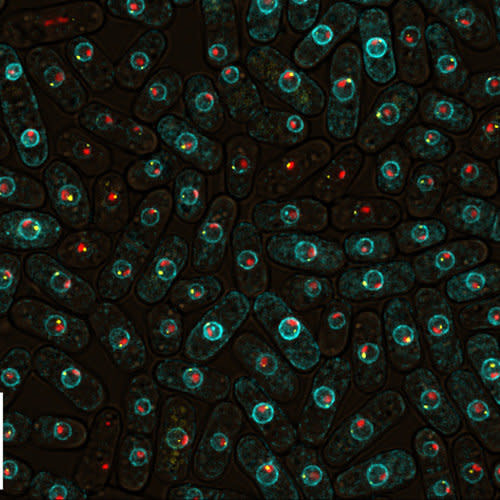
Toe Skin Cells
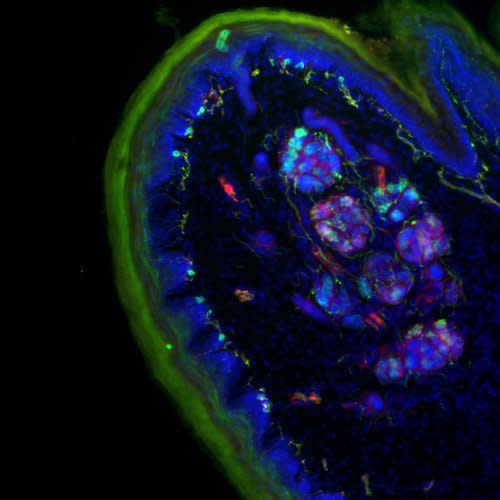
Love HuffPost? Become a founding member of HuffPost Plus today.
This article originally appeared on HuffPost.

